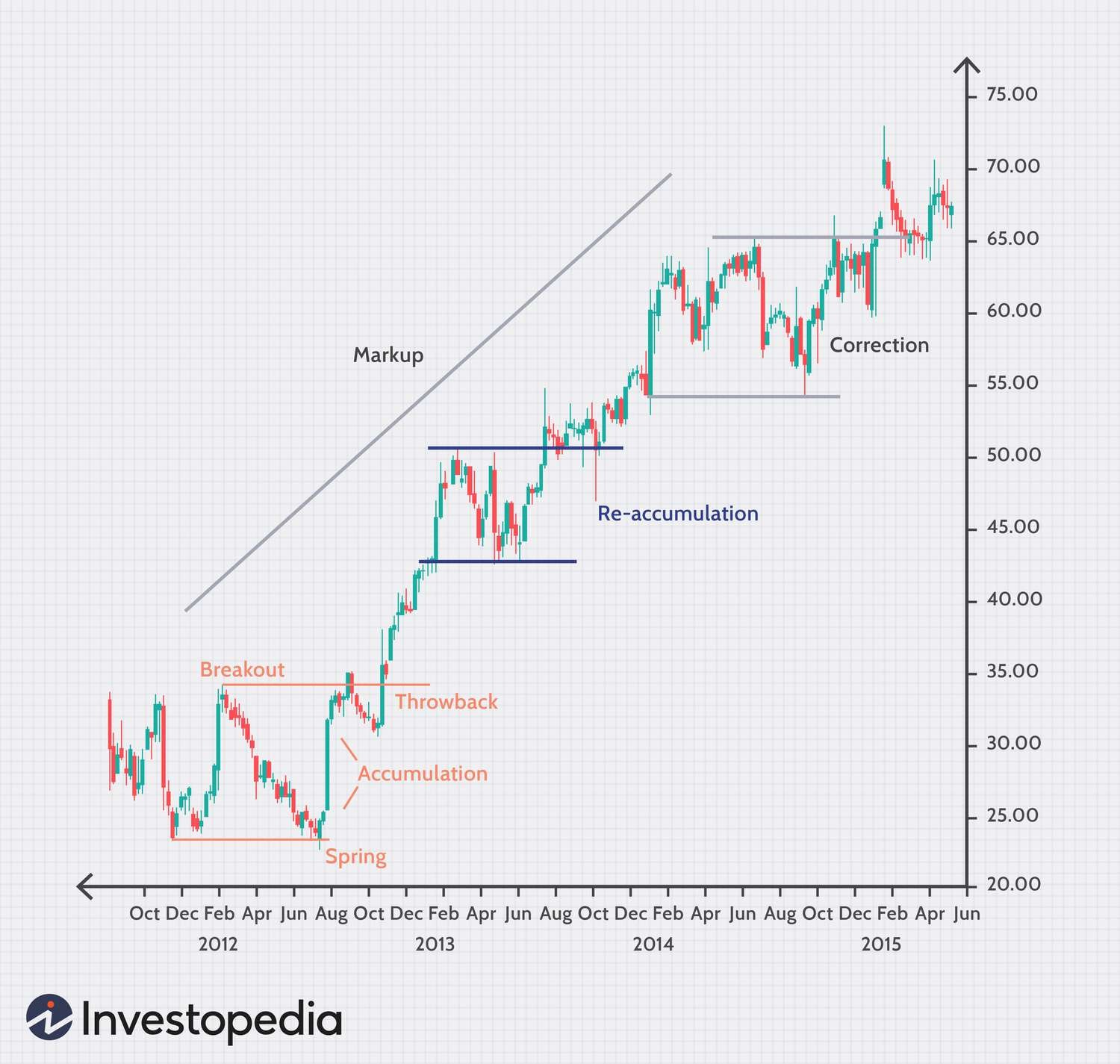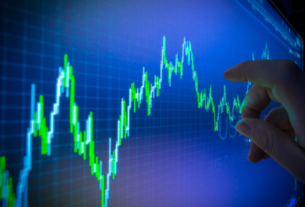The financial markets have always been a subject of fascination for many. Over the years, numerous theories and strategies have been developed to understand and predict market movements. One such theory that has gained prominence among traders and investors is the Wyckoff Theory. Developed by Richard D. Wyckoff in the early 20th century, this theory provides valuable insights into market dynamics and price action. In this article, we will delve into the intricacies of the Wyckoff theory explained and explore how it can be applied in today’s trading environment.
Origins of the Wyckoff Theory
Richard D. Wyckoff was a prominent trader and educator who made a fortune in the stock market during the early 1900s. Throughout his career, Wyckoff observed the market’s behavior and developed a set of principles and techniques to interpret and anticipate price movements. His insights were later compiled and popularized as the Wyckoff Theory.
Core Principles of Wyckoff Theory
1. Accumulation and Distribution Phases
One of the fundamental concepts in Wyckoff Theory is the distinction between accumulation and distribution phases. According to Wyckoff, markets move in cycles characterized by these two phases:
- Accumulation Phase: This phase occurs when smart money (institutional investors and savvy traders) is buying a particular asset while the general public is selling. Prices tend to consolidate or range during this phase as smart money accumulates large positions without attracting attention.
- Distribution Phase: Conversely, the distribution phase occurs when smart money is selling while the general public is buying. During this phase, prices may appear to be in an uptrend, but in reality, the smart money is offloading its holdings to unsuspecting retail traders.
Recognizing these phases can provide traders with valuable insights into potential price movements and trend reversals.
2. Wyckoff Price Cycle
Wyckoff identified a recurring price cycle consisting of four stages:
- Accumulation: Smart money starts accumulating positions.
- Markup: Prices begin to rise as the asset gains popularity.
- Distribution: Smart money starts selling, while retail traders continue to buy.
- Markdown: Prices decline as the asset falls out of favor.
Understanding where a particular asset is in this cycle can help traders make more informed decisions and anticipate trend changes.
3. Volume Analysis
Volume plays a crucial role in Wyckoff Theory. Wyckoff believed that price and volume are closely intertwined, and analyzing volume can provide clues about the strength or weakness of a trend. For instance, increasing volume during the accumulation phase could indicate strong buying interest, whereas declining volume during a markup phase might signal weakening momentum.
Practical Applications of Wyckoff Theory
Identifying Trading Opportunities
By applying the principles of accumulation and distribution, traders can identify potential entry and exit points. For example, a breakout from a consolidation phase following a prolonged accumulation could signal the beginning of a new uptrend, providing a buying opportunity. Conversely, a breakdown from a distribution phase could indicate a potential downtrend, prompting traders to consider selling or shorting the asset.
Risk Management
Wyckoff Theory also emphasizes the importance of risk management. By setting stop-loss orders and adhering to proper risk-reward ratios, traders can minimize potential losses and protect their capital. Additionally, understanding the broader market context and avoiding trading against the prevailing trend can further enhance risk management efforts.
Combining with Other Strategies
While Wyckoff Theory provides valuable insights into market dynamics, it is often most effective when combined with other technical analysis tools and strategies. By integrating indicators such as moving averages, oscillators, and trend lines, traders can develop a more comprehensive trading plan and improve the accuracy of their predictions.
Conclusion
The Wyckoff Theory offers a unique and insightful perspective on market behavior and price action. By understanding the principles of accumulation and distribution, analyzing volume patterns, and recognizing the recurring Wyckoff price cycle, traders can gain a competitive edge and make more informed trading decisions.
However, like any trading strategy, Wyckoff Theory is not foolproof and requires careful analysis, practice, and risk management. By continuously learning and adapting to changing market conditions, traders can maximize their chances of success and navigate the complex world of financial markets with confidence.
Whether you are a seasoned trader or just starting out, incorporating the principles of Theory into your trading arsenal can provide you with valuable tools and techniques to enhance your trading performance and achieve your financial goals.




